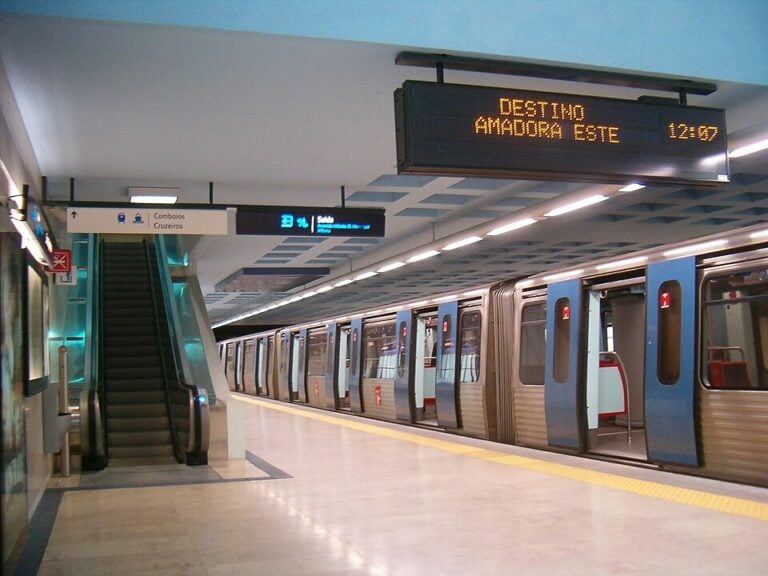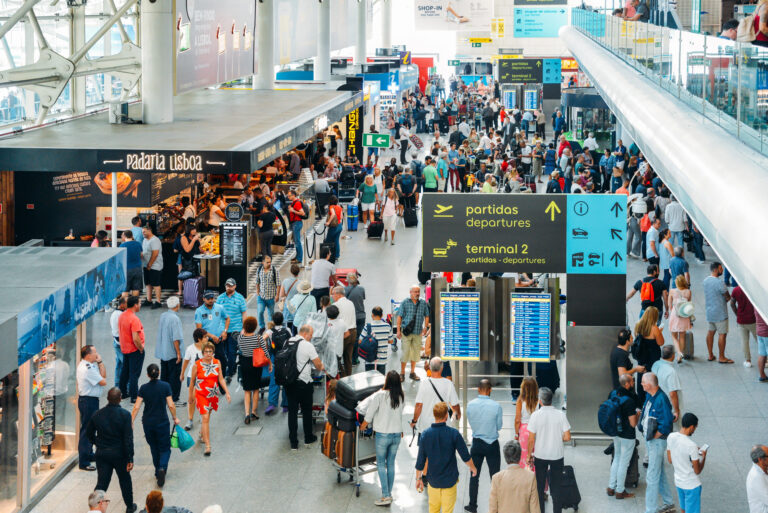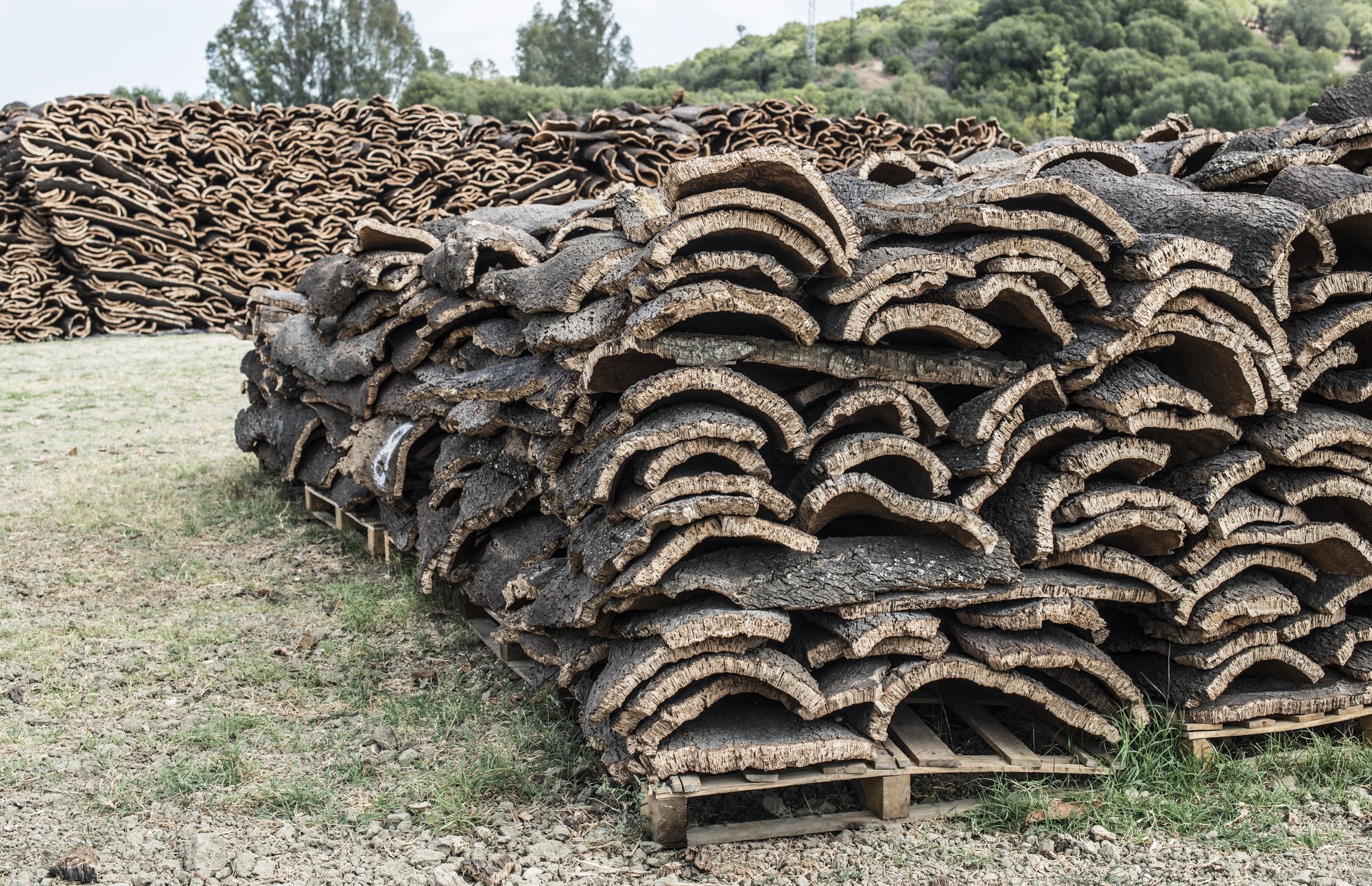Baba de camelo literally translates to “camel drool,” but don’t let the name scare you off. This uniquely Portuguese dessert is anything but disgusting (or something you’d only be challenged to try in the Sahara desert). With its rich, velvety texture and sweet, caramelized flavor, baba de camelo is a dreamy mousse made from just two humble ingredients: sweetened condensed milk and eggs. Could this be any easier to prepare for a dinner party?
It’s believed to have originated in the early 20th century, possibly invented by a creative hostess named Valentina trying to whip up a dessert for some guests with whatever she had in the pantry. Worried that she may not have enough for everyone, Valentina called her improvised recipe “camel drool,” but those who tried it were won over despite the dessert’s questionable appearance.
Today, baba de camelo is a beloved staple in Portuguese homes and traditional restaurants. You’ll often find it topped with crushed almonds or cookies and occasionally served in adorable little jars. While the classic version is flawless in its simplicity, we’ve added our own twist by folding in a swirl of melted milk chocolate and a hint of sea salt to balance the sweetness. The result? A next-level mousse that still honors the original.
If you’re looking for an indulgent dessert that’s surprisingly easy to make and sure to get people talking (even if they ask why you’re serving camel drool), baba de camelo might just become your new favorite.
Ingredients (Serves 6)
- 1 can (397 g / 14 oz) sweetened condensed milk
- 4 large eggs, separated
- 50 g (1.75 oz) milk chocolate (or semi-sweet), chopped
- a pinch of flaky sea salt (optional, but recommended)
- crushed toasted almonds or Maria cookies for your topping (optional)
Instructions
1. Prepare the condensed milk base.
Start by removing the label from the can of sweetened condensed milk. Place the sealed can in a deep saucepan and cover completely with water. Bring the water to a boil, then reduce to a simmer and let it cook for 2 hours to caramelize the milk. Make sure the can remains fully submerged. Add more water as needed.
After 2 hours, carefully remove the can and let it cool to room temperature before opening.
Short on time? You can use about 1 cup of pre-cooked condensed milk or dulce de leche instead.
2. Separate your eggs.
Crack the eggs and separate the yolks from the whites. Place the yolks in one bowl and the whites in another. Beat the whites with a hand mixer until stiff peaks form. Set aside.
3. Combine the caramel with the yolks.
Open the cooled can of caramelized condensed milk and pour it into a mixing bowl. Stir in the egg yolks, one at a time, until fully incorporated and smooth.
4. Add the chocolate swirl.
Melt the chopped milk chocolate in a bain-marie (double boiler) or microwave in short 15-second bursts, stirring between each. Once melted, stir the chocolate into the caramel-egg yolk mixture. Add a pinch of flaky sea salt, if using. The chocolate will deepen the flavor and add a subtle complexity.
5. Fold in the egg whites.
Gently fold in the whipped egg whites in batches, being careful not to deflate them. Use a spatula and fold just until the mixture is light and airy with no visible streaks of egg white.
6. Chill.
Spoon the mousse into small serving glasses, ramekins, or one large dish. Cover and refrigerate for at least 4 hours, or ideally overnight, to let the texture set.
7. Serve.
Right before serving, sprinkle the tops with crushed toasted almonds or Maria cookies for a bit of crunch. Serve chilled with small spoons.
Want to Make Baba de Camelo Even More Irresistible?
Our version adds just a touch of chocolate and salt, but feel free to get creative. A splash of espresso, a hint of orange zest, or even a crumble of Biscoff cookies can all bring something new to the party. Just keep the mousse itself airy and caramel-rich, and you’ll have a winner every time.
Ready to Try Baba de Camelo?
If you can get people to try it, we’re sure that camel drool (baba de camelo) is going to win people over, especially if you dress it up with some cookie topping. Best of all? No oven required, no fancy equipment, and just a handful of ingredients. Who knew camel drool could taste this good?
Give it a try and let us know what you think!




























